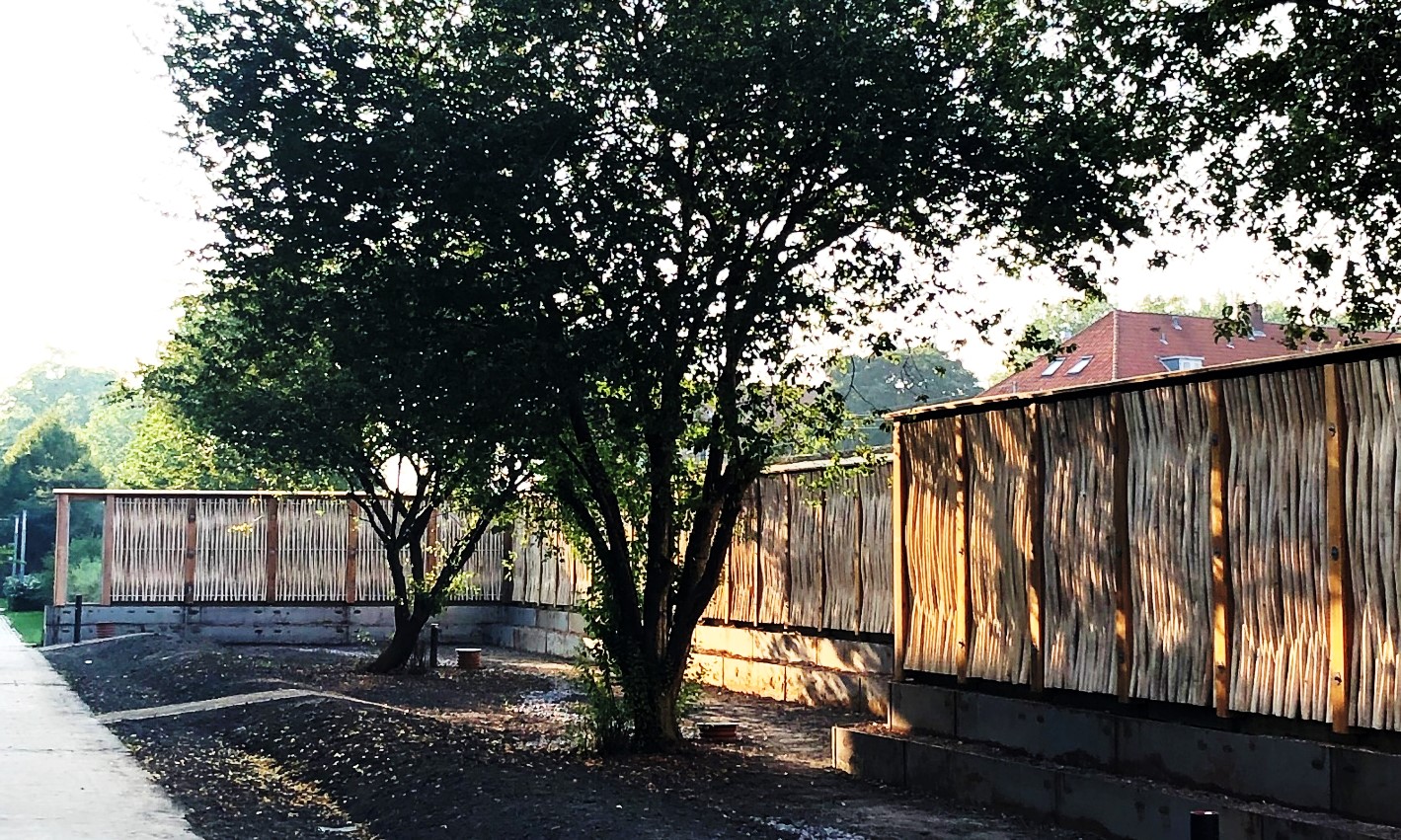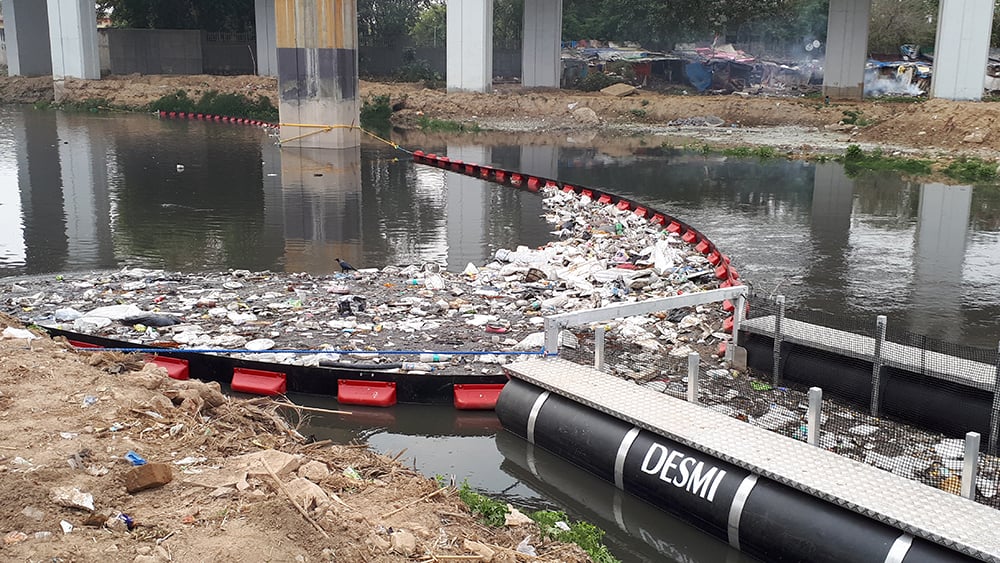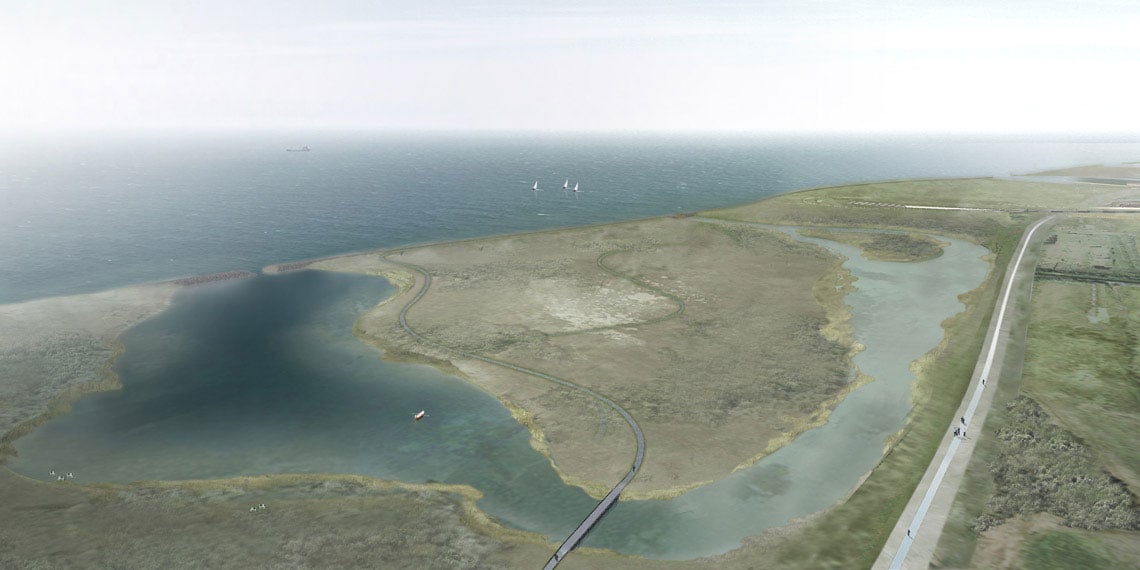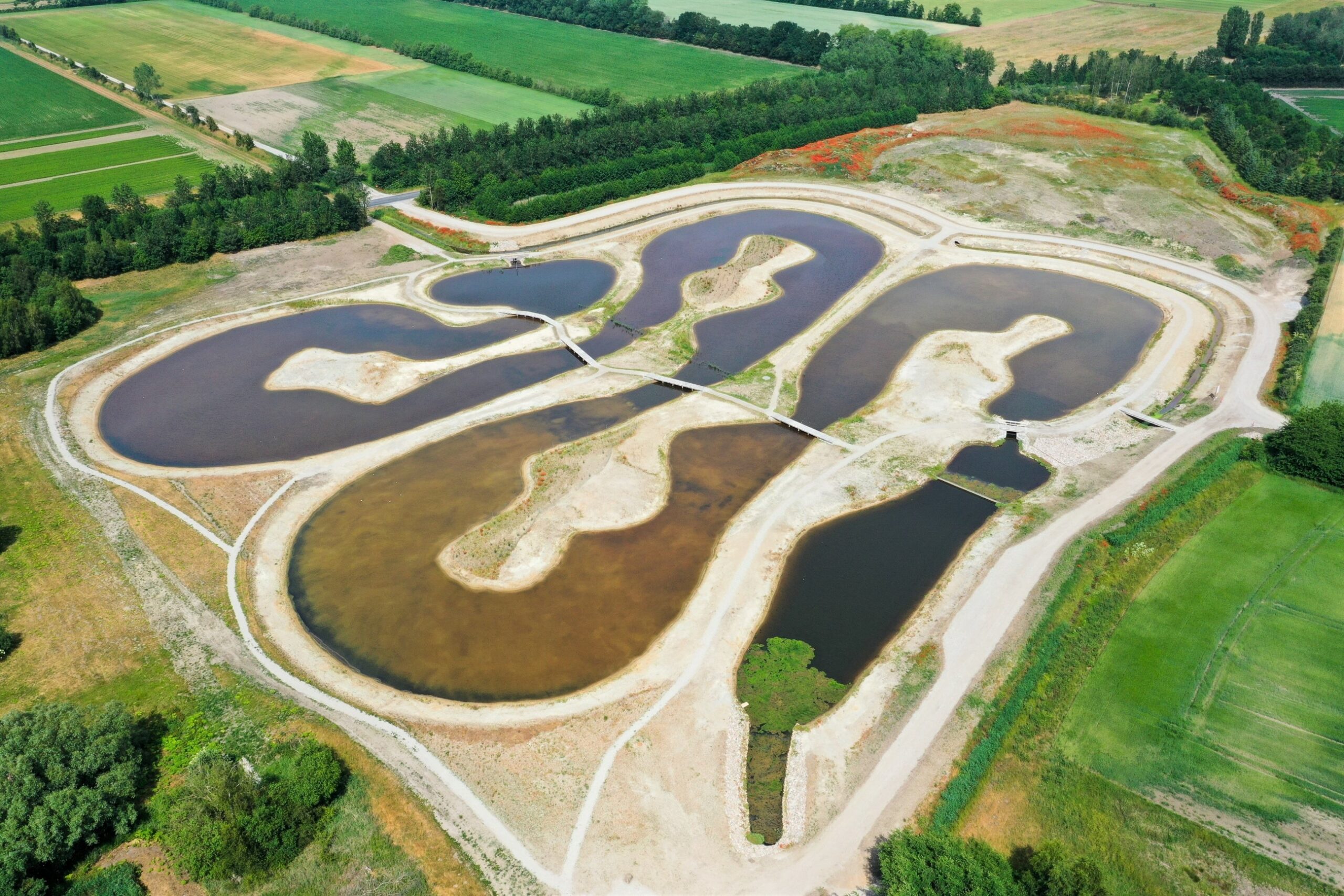News
Climate change adaptation
Nature based solutions
Urban water management
+1
New climate screen in Copenhagen can absorb rainwater and reduce traffic noise


Unlike traditional climate screens that are made of concrete or steel, the green climate screen consists of a plant box and a wooden wall. The material of the wall is willow and it is lined with mineral wool, which can absorb rainwater for later evaporation and excess water will run down into the plant box.
Solves two problems at once
The screen is designed to absorb the worst 10-year rainfall and therefore has a capacity corresponding to the public sewer. When an extreme rainfall event occurs, the excess rainwater will be led to a green area that is able to cope with a 100-year rainfall.
“By managing the rainwater locally, we use the water as a resource to create a greener environment with good conditions for nature and surrounding residents. The screen becomes a new element in the city that can reduce traffic noise and absorb part of the pollution”, said Marina Bergen Jensen, Professor from University of Copenhagen, Section of Landscape Architecture and Planning.
“The most exciting point is that we try to solve two problems at once – road noise and big amounts of rainwater”, said Søren Bukh Svenningsen, Head of the Environmental Protection Agency.
- Related solution: Separating rainwater from wastewater in existing living areas
About the green climate screen
The green climate screen in Valby, Copenhagen is a demonstration project that is developed in collaboration between the Danish Technological Institute, University of Copenhagen, City of Copenhagen, Aarsleff A/S and Malmos A/S.
The project is financed by the Ministry of Environment and Food of Denmark, whilst the construction of the screen is financed by the City of Copenhagen and Housing Association 3B.
Over time, the green screen is expected to develop into a small oasis for more native plant species with a long growing season. In addition, the space between the screen and the dwelling will be turned into a lawn with plenty of flowers to benefit local biodiversity.
The climate screen will be inaugurated on 19 September, 2019.
- Related news: Turning Decommissioned Wind Blades into Noise Screens
Sources: Copenhagen University (in Danish), Via Ritzau (in Danish)
You should consider reading
publications
Resource efficient production
+15















